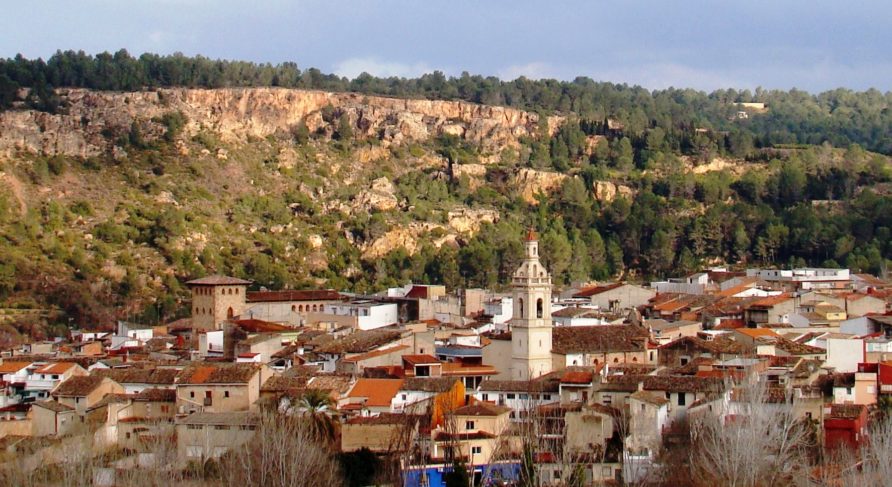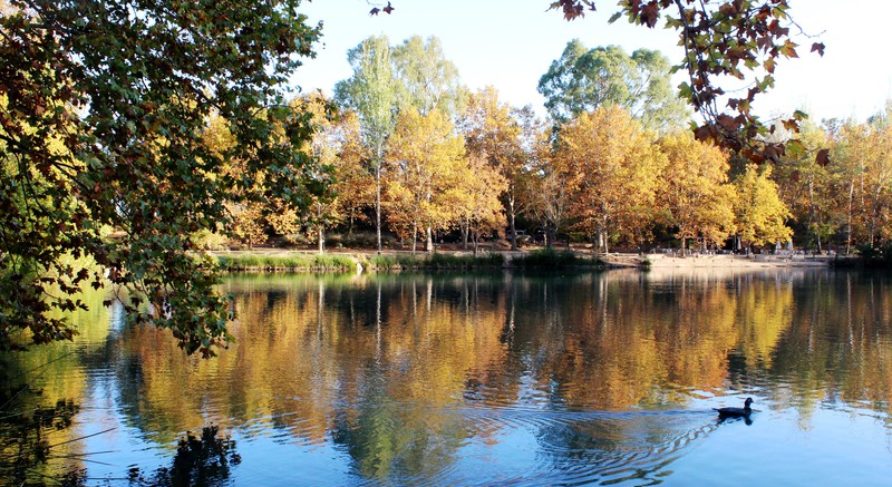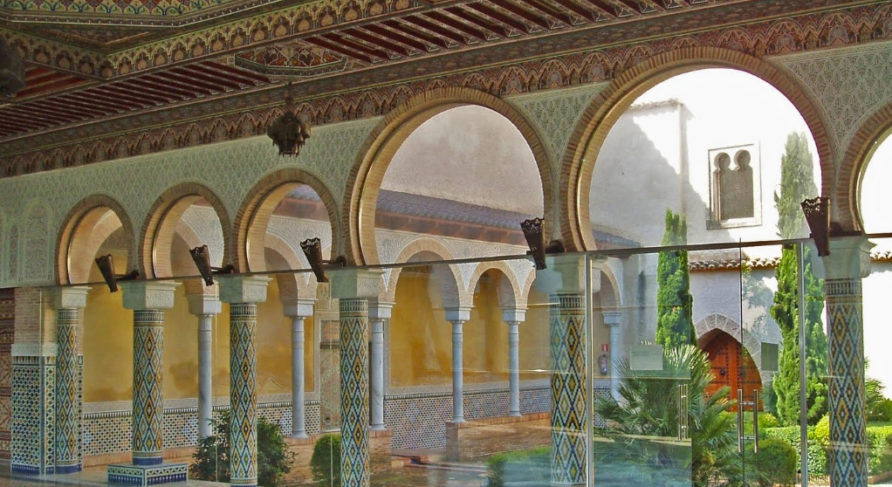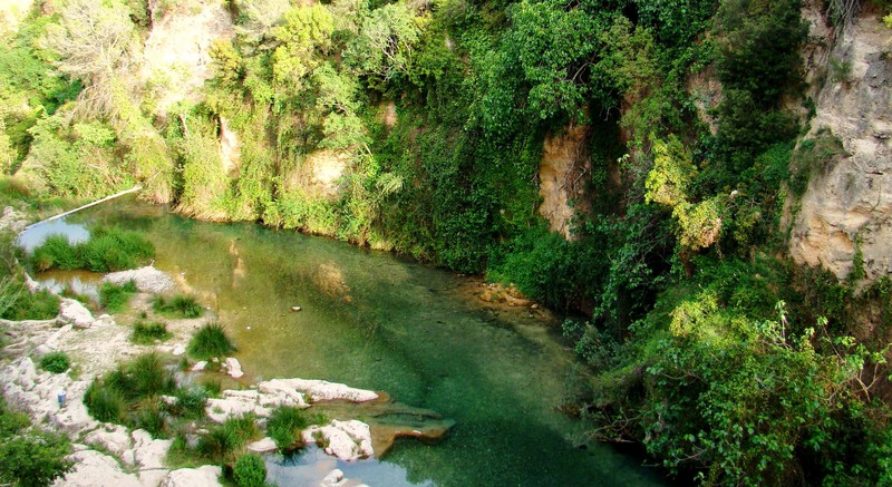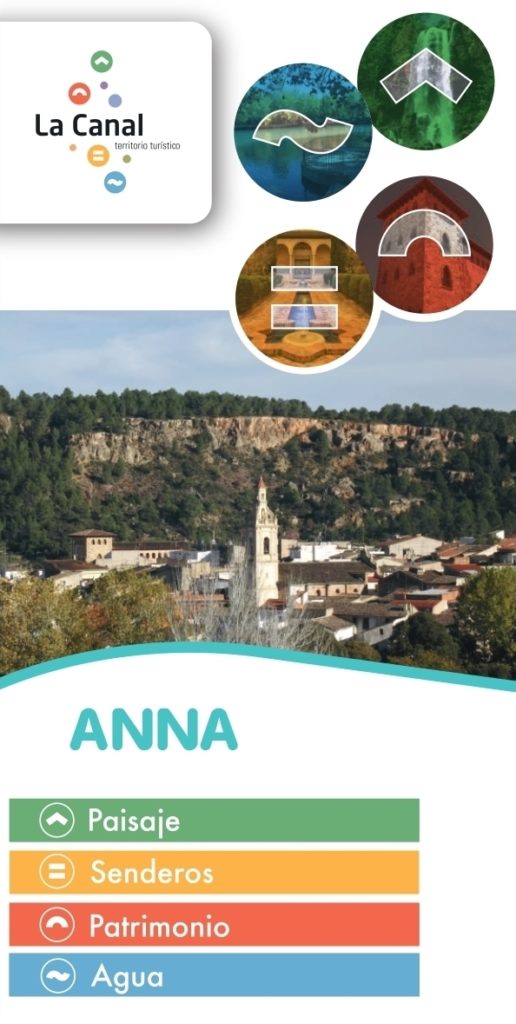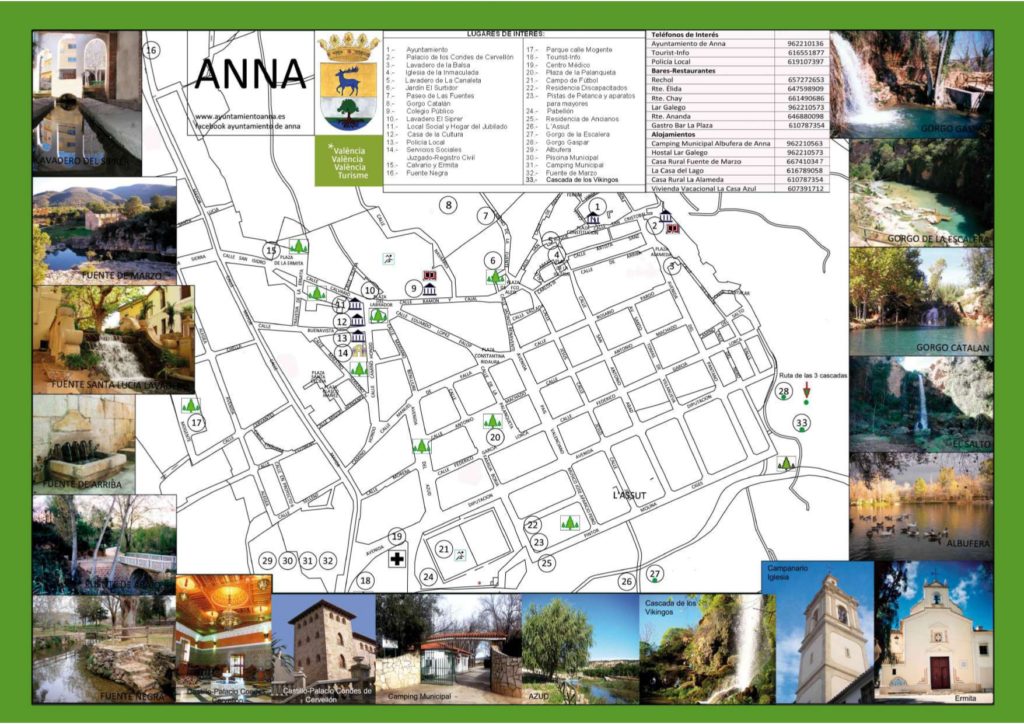The name Anna, is synonymous with its water sources and springs, in fact water crosses the urban centre, which is dotted with fountains and wash houses.
The origins of the town are found in the Plaza de la Alameda square, where, in the 12th century, the Muslim Almohad people built the Castle-Palace of the Counts of Cervellón, classified as an Asset of Cultural Interest and turned into a Heritage Information Centre, it guides us through Anna’s history and heritage, from its origins up to the present day. A visit to the old stables, a recreation of the Moorish decorative style with its Arabic courtyard and hall, and a stroll through the Renaissance and baroque rooms, captivates everyone who visits it.
It is home to two religious buildings, the 16th-century Church of the Immaculate Conception, with the exceptional baroque tempera paintings of its vaults, and the Chapel of the Holy Christ of Providence, built in 1749, with a Latin cross floor plan.
Its Natural Heritage includes La Albufera lake, a spring-fed lake with lush vegetation, where it is possible to eat, enjoy a boat trip, swim in its clear waters, or spend a day of leisure. Very close to La Albufera, we find the Fuente de Marzo, a small lake surrounded by rugged grey rocks, and in the vicinity of the town sits Fuente Negra, a spring of unique charm. Its waters drop into the Gorgo Catalán, a deep pool of water that can be accessed from the top part of the town (Las Eras) or by heading along the Camino de las Fuentes de Abajo y de Arriba (Path of the Upper and Lower Springs) through the historic centre of the town. Here, we can enjoy its urban fountains and wash houses, such as the “Siprer” and La Balsa, which show the intimate bond that Anna has with water. Waters that come from La Albufera lake, channelled from the “El Azud” recreational area, which subsequently drop into the Gorgo Gaspar and into the Waterfall of the Vikings, which along with the El Salto Waterfall, form what is known as the “Route of the 3 Waterfalls”. The waters of the latter waterfall come from the Gorgo de la Escalera, a large canyon carved out by the river itself, which is accessed via 136 steps, it is a swimming area classified as a Continental Beach.
The festivals begin in January with the celebrations to honour St. Anthony, the patron saint of the town, a bonfire is built and flag bearers pass through the streets on horseback throwing toys and gifts to the crowd, in the traditional “Tirá”. At the beginning of August, the Festival of Las Eras takes place and in September there is the patron saint festival, both in honour of the Holy Christ of Providence.
A walk through the historic centre, will reveal narrow alleys of Muslim origin, with the sound of water from the Acequia del Pantano irrigation channel and the La Balsa Wash House, and the urban Fountains of Saint Lucía and Saint María, in Plaza de la Alameda square. Calle Violinista Valls leads us to spectacular waterfalls (Gorgo Gaspar, Vikings and El Salto), which in past times were harnessed by factories, which have now been turned into examples of industrial archaeology. At one end, Calle Jesús leads us to Gorgo de la Escalera, to enjoy its beautiful views or dive into its waters and at the other, it leads to Gorgo Catalán and the Fuente Negra pool. La Albufera lake and the Fuente de Marzo spring are located a little over 1 km from the outskirts of the town.




